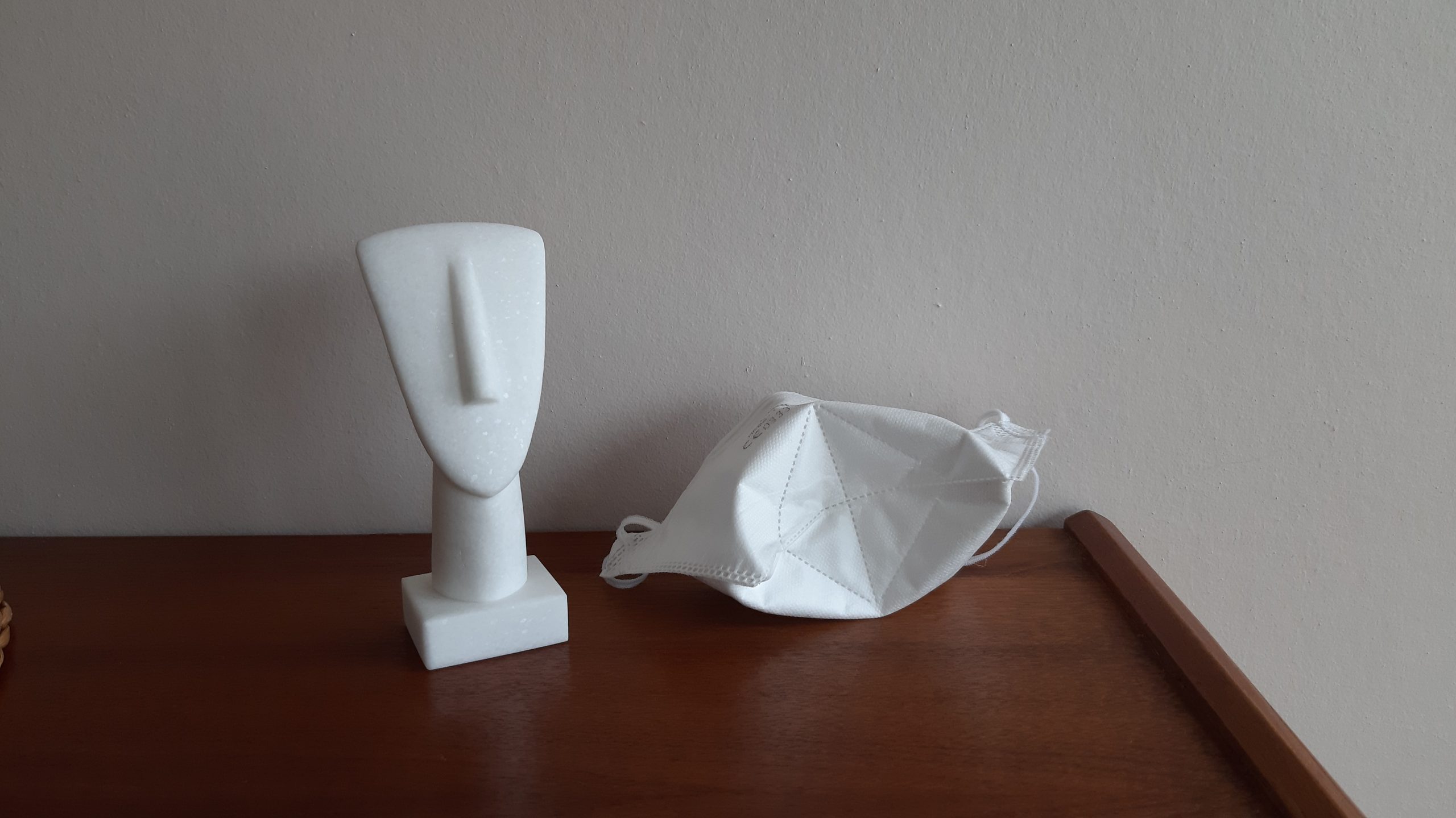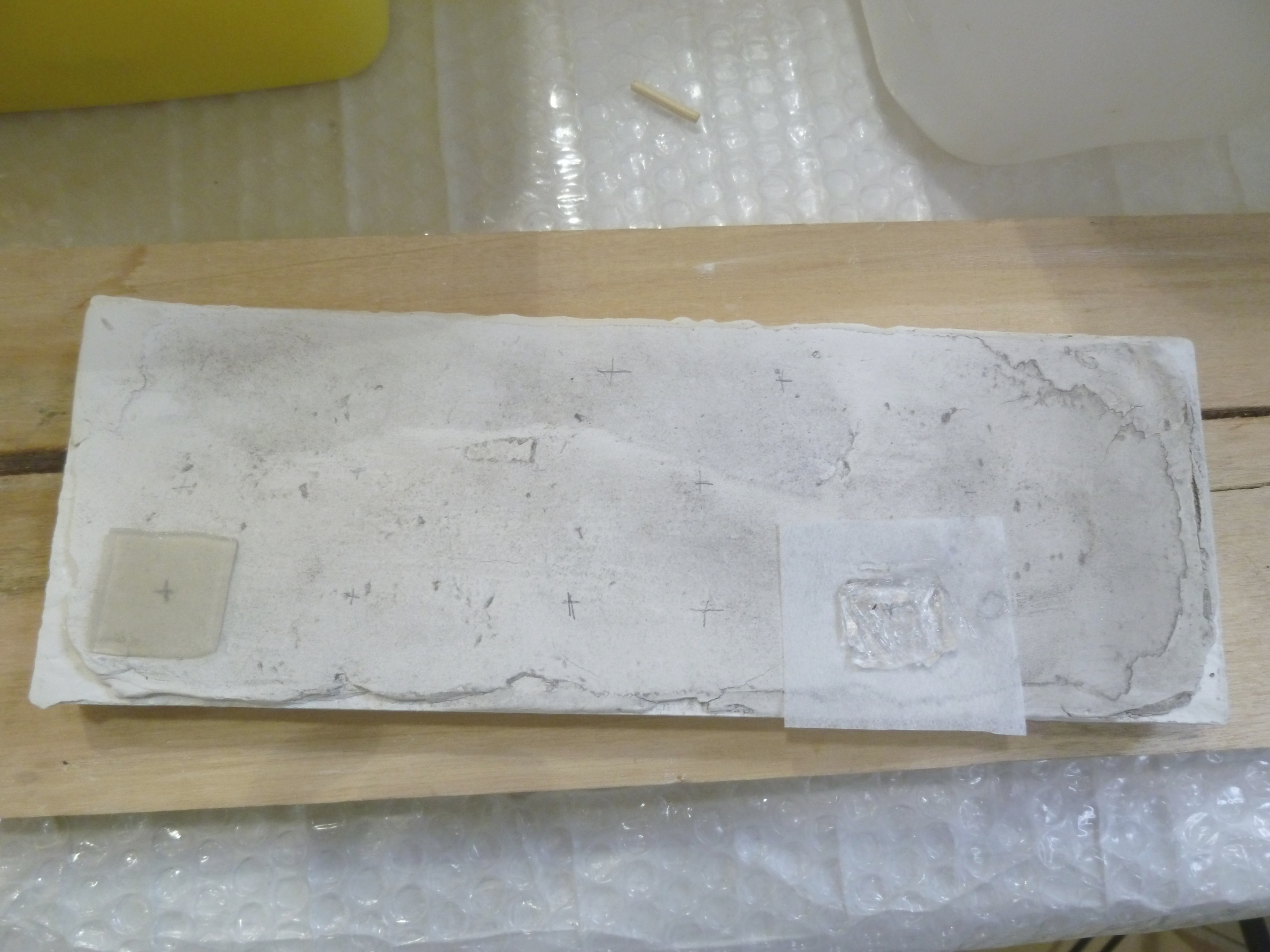What should be done (or not be done) in order to ensure the health and safety of both people and the artworks? If you own a piece of art, and that piece of art is placed in an environment that needs to be sanitized before reopening, then you should know that products that need to be used for cleaning public spaces (such as sodium hypochlorite, hydrogen peroxide, and ethanol, but also ozone) are very dangerous for both painted and non painted artistic surfaces.
Acknowledging this, are there specific measures to ensure the safety of artworks?
Are artworks contagious? And if so, for how long?
The other day I read the Guidelines from the Italian Soprintendenza archeologia belle arti e paesaggio delle Marche. The document rightly states: ” … references demonstrate that coronavirus can live on the surface of objects up to 9 days, in optimal conditions”.
So you don’t need to use dangerous products unless strictly necessary!
A quick list dos and don’ts:
- Don’t use any detergent if you don’t know the exact composition.
- Don’t use nebulizer solutions of sodium hypochlorite, hydrogen peroxide, ethanol, or other methods such as ozone, in places that contain art.
- If you still have to sanitize the space, take all the art pieces into another room, and leave them there for at least 9 days. Make sure to open the window often.
- If you cannot move the art pieces, then clean the floors and all of the washable surfaces with a water/ethanol solution, in the proportion of 70% ethanol and 30% water. (Remember, don’t use the solution on your artworks).
- Remember: always use your mask and gloves to move artworks.
Please feel free to call me if you have any questions or doubts!


